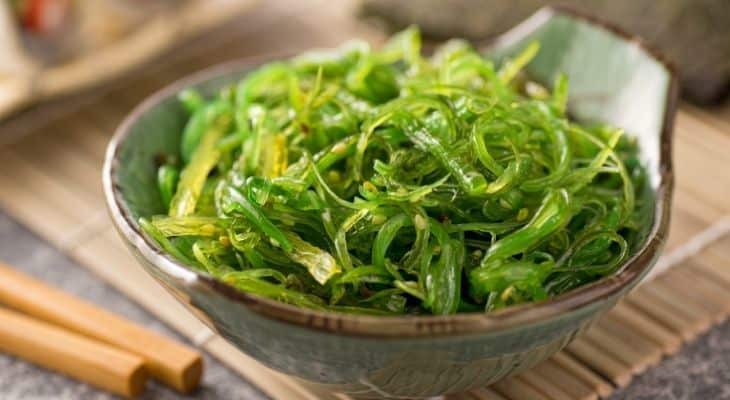In the world of superfoods, ‘algae’ isn’t brand new. Spirulina, a nutrient-dense, blue-green algae, shot onto the superfood stage back in the early ’90s when the World Health Organisation named it ‘the best food for future’ to tackle malnutrition. It’s been a regular in the supplement world ever since.
But there’s a new algae on Australia’s superfood radar – seaweed. “Seaweed has been a dietary staple in certain cultures and cuisines for decades,” says Dr Libby Swanepoel, a nutrition and dietetics researcher from the University of the Sunshine Coast (USC). “But here in Australia we’re only just starting to appreciate it as a nutritious ingredient, perhaps as a result of the increased interest in sustainable, plant-based diets.”
There are three different types of seaweed – brown algae, like kelp and kombu; green algae, like sea lettuce; and red algae, like nori and dulse – and they all have slightly different nutrient profiles. “We’re only just scratching the surface when it comes to seaweed’s potential, but broadly speaking it contains many different healthy nutrients including antioxidants, essential amino acids, minerals and fibre.”
In fact, while some types of sea lettuce contain more iron than spinach, other seaweeds have more potassium than bananas. “Certain varieties of seaweed also contain potassium salt, which means they can deliver that salty flavour most people enjoy, without the high blood pressure risks associated with traditional table salt.”
So, should we expect to see plates of seaweed popping up on Australian menus anytime soon, or are there other plans in store for this marine-based superfood?
Swanepoel says the future could hold a bit of both. “I’d like to see it grown, cultivated and eaten as a fresh food here in Australia, particularly given we have the perfect climate, access to clean oceans and ideal sun conditions. That’s coming, although it will take some time and financial investment to make it happen on a large scale.”
But rather than being the ‘hero’ ingredient on a plate, Swanepoel says there’s also an exciting opportunity for food manufacturers to incorporate seaweed into products. While USC researchers have been experimenting with beer brewed with seaweed, other possibilities include everything from ‘seaweed added’ salts and condiments to baking ingredients.
“That’s already happening in places like Scandinavia where seaweed is added to standard baking and bread flours to provide the population with extra nutrients,” says Swanepoel. “And despite the lack of availability around fresh seaweed at the moment, there’s nothing to stop Australian food manufacturers from adding and experimenting with dried varieties right now.”

